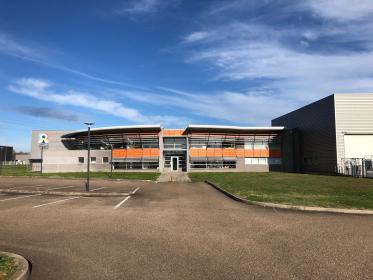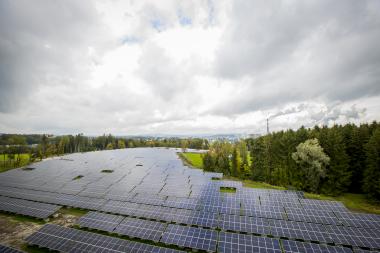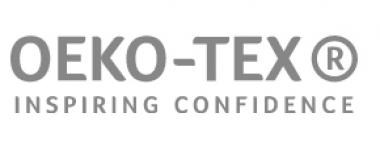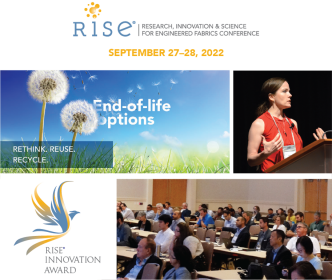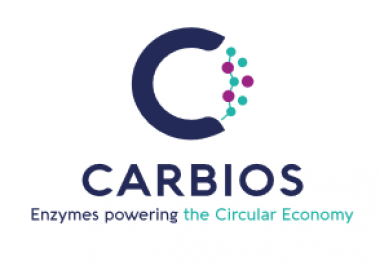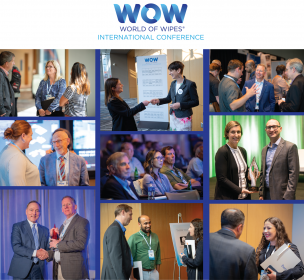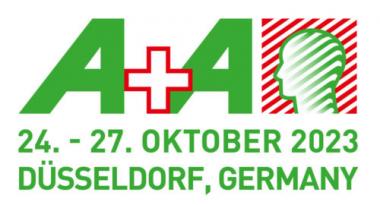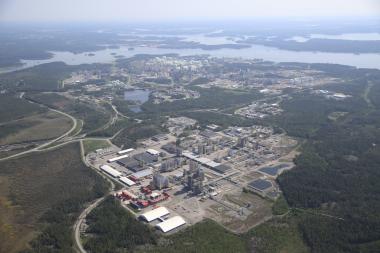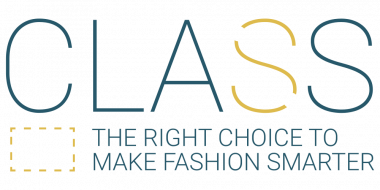Coisne et Lambert: Acquisition of TAD Teintures et Apprêts Danjoux
Coisne et Lambert, the group composed of the two companies TDV Industries and Klopman International, a leader in the production and marketing of technical fabrics for the professional clothing and PPE sector, announced the acquisition of TAD Teintures et Apprêts Danjoux.
TAD is specialized in the dyeing and finishing of knitted fabrics and has been in the market for over 30 years. Based in Le Coteau (France), the company has a production site of 9,000 m² and is a major player in the civil and administrative markets for technical textiles for professional clothing, medical, sport and apparel.
With a well equipped R&D laboratory, responsive and innovative sampling and production processes, TAD is ISO 14001 certified to manage its environmental performance.
TAD will extend the group's textile know-how adding expertise in knitwear finishing (dyeing, finishing and functionalities). The complimentary nature of their skillsets will allow the three companies to develop synergies for the benefit of their common and specific markets.
This integration will enable TAD to strengthen its specific business model and its services as a French finishing company over the long term, for the benefit of its historical and future customers.
The group, which is made up of the two companies TDV Industries and Klopman International, achieved a turnover of 185 million euros for the 2021-2022 financial year and employs more than 600 people. It also intends to expand its presence in new markets and geographical areas. Klopman International and TDV Industries want to offer markets more complete, flexible and competitive solutions for professional, civil and military clothing.
dyeing and finishing TDV Industries Klopman International TAD Teintures et Apprêts Danjoux Corporate Fashion
Klopman International Srl


